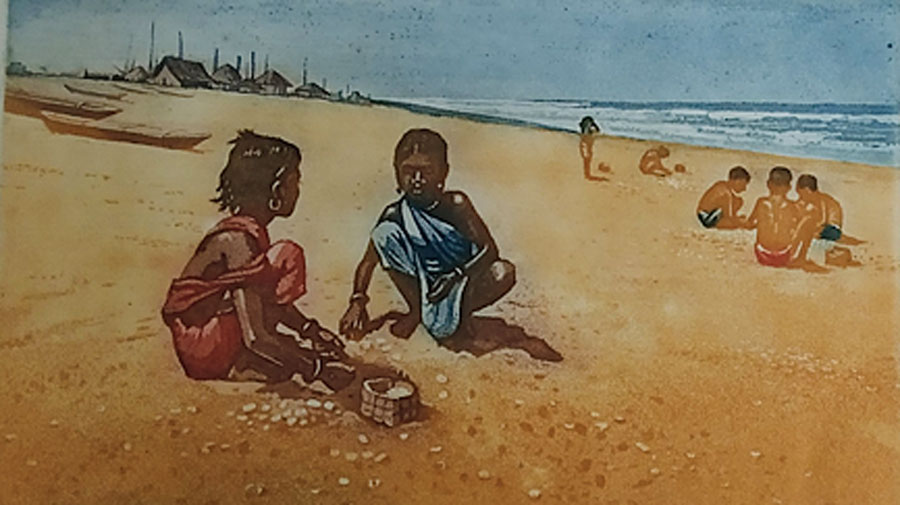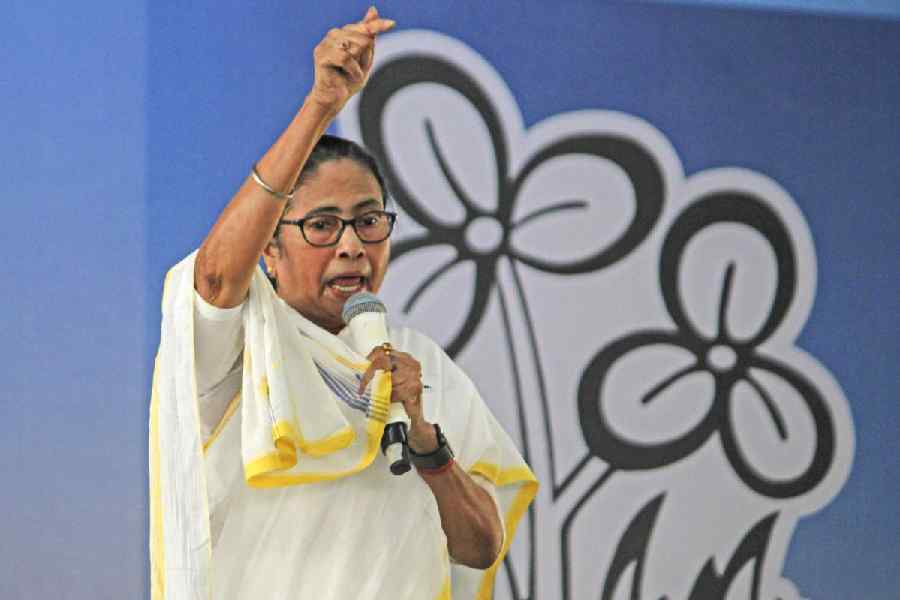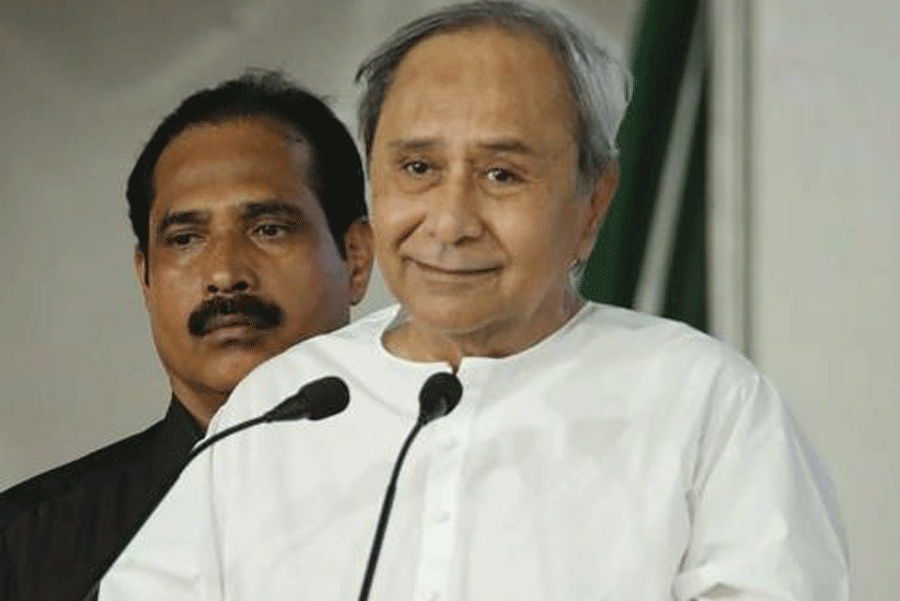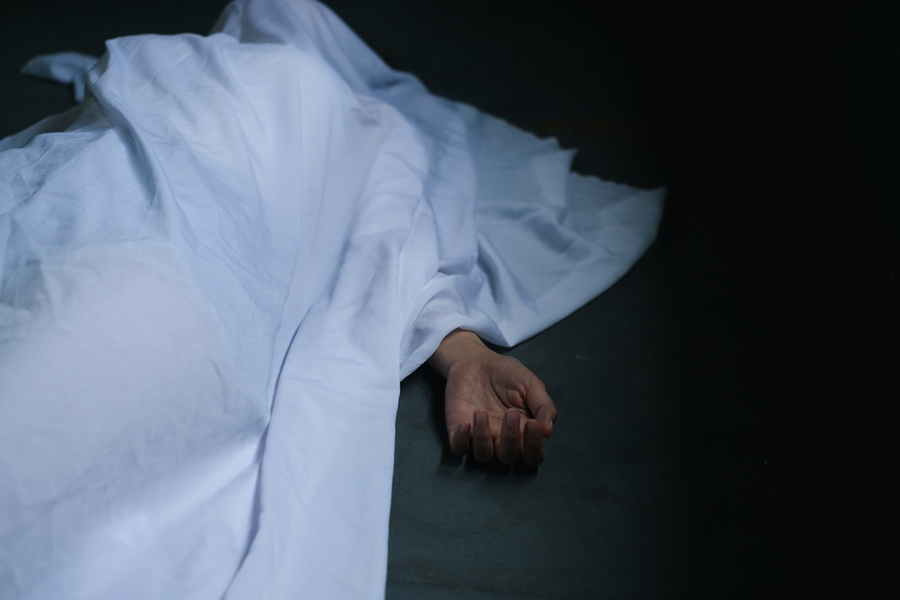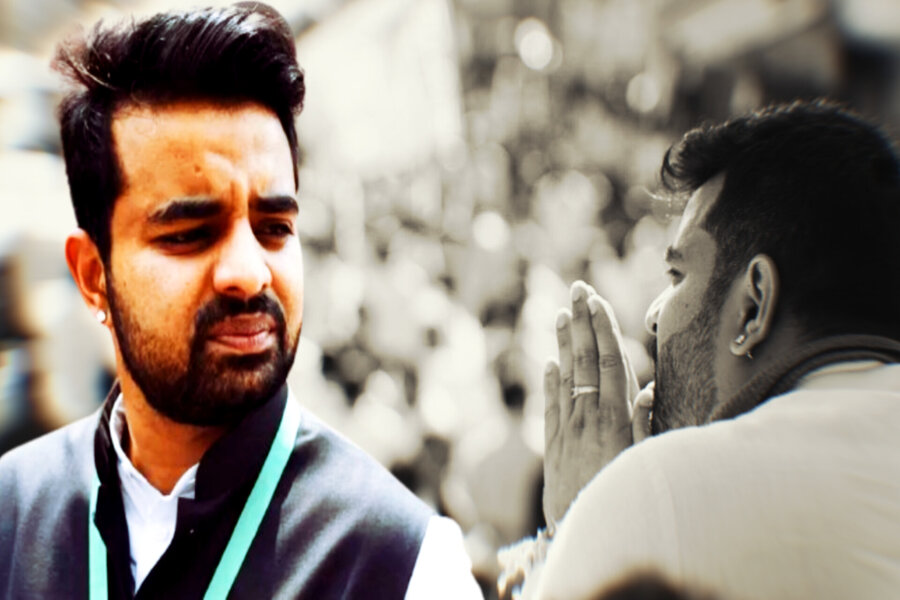Ramkinkar Utsab, an annual fixture in Debovasha’s event calendar, gives rise to a sense of longing this year. An ongoing online event, the exhibition evokes an intense craving for the idyll — be it the verdant countryside or tourist destinations that are an intrinsic part of growing up in Bengal. Atul Bose’s sparse, but poignant, sketches of Gopalpur and the hills, Haren Das’s striking etchings of rural Bengal, the wonderfully evocative minimalist landscapes of Ramananda Bandyopadhyay and Ganesh Haloi all leave the viewer yearning to leave the confines of the home that the pandemic has turned into a prison.
In Hiran Mitra’s hands, the lines between charcoal and watercolours blur as he deftly wields both media to conjure up smudged dreamscapes of Santiniketan. Alay Ghoshal’s Mindscapes offer vignettes of faraway, tranquil lands. Human presence is rare in most of these works, be it in Samir Aich’s storybook depictions of nightfall over village ponds, Sekhar Roy’s eerie deserted house amidst a forest or in Krishnendu Chaki and Soumitra Kar’s bright and postcard-perfect landscapes. Chandana Hore, Reba Hore, Sushobhan Adhikary, Sujit Das, Shuvaprasanna and Suhas Roy also rely on nature to get some respite from reality.
But the mind cannot wander through these bucolic scenes for long. For truth is both grim and intrusive. Amitabha Banerjee’s brick red apocalyptic landscape is a terrifying glimpse of the future. Pradip Rakshit’s Loneliness series, devoid of any signs of life, is in stark contrast to the serenity and solitude of the other landscapes. Chhatrapati Dutta’s brilliant watercolours on Chinese rice paper — almost reminiscent of Banksy’s graffitis — show tangles of bodies, their muscles contoured by hard labour, reminding us that while the minds of the privileged few have the luxury to dream of travelling, life has only become harder for those forced to step out of the house.
Sanat Kar’s frightened spirits — bearing his indelible mark — stare in horror while PPE-clad frontline workers cremate queues of faceless dead in Aditya Basak’s ink and watercolour works. It all ends with a chilling barren landscape littered with skeletal remains and reigned over by scavengers as in B.R. Panesar’s piece, much like Atin Basak’s winged messengers of doom.

